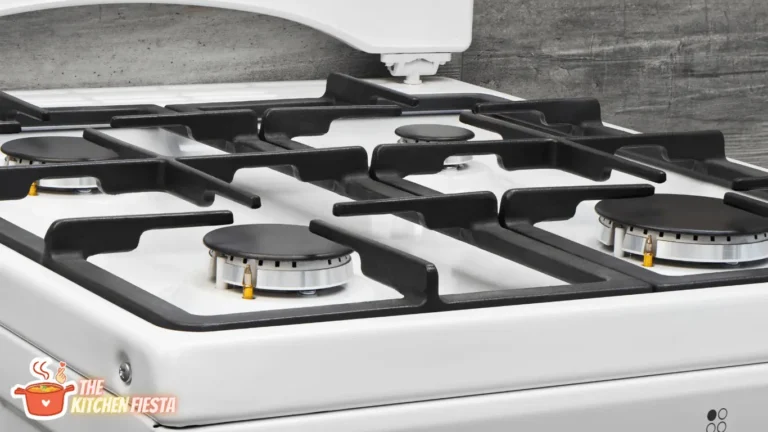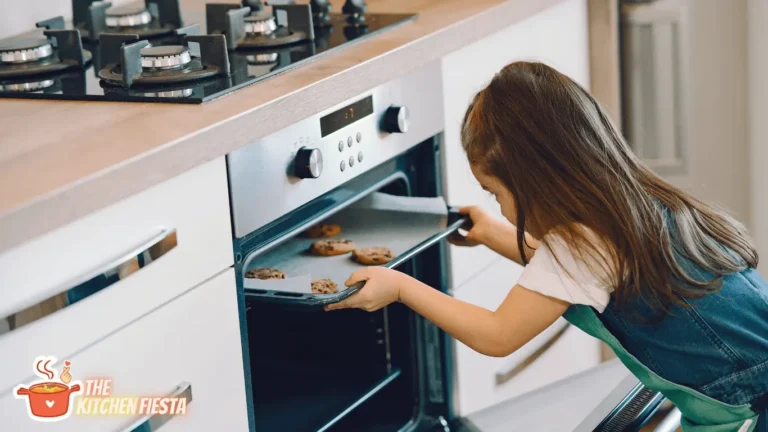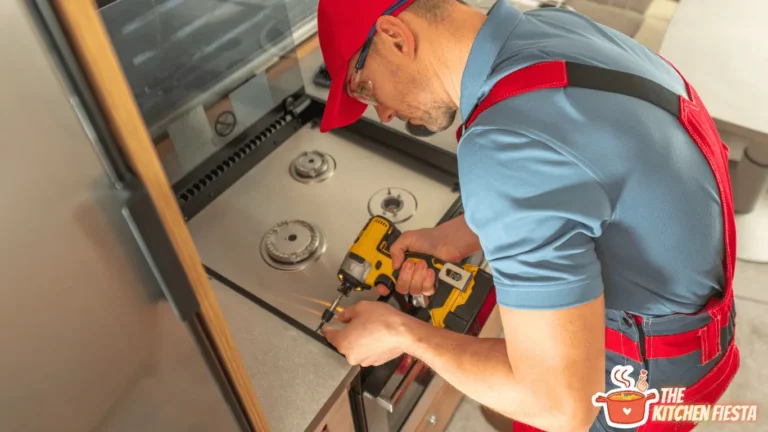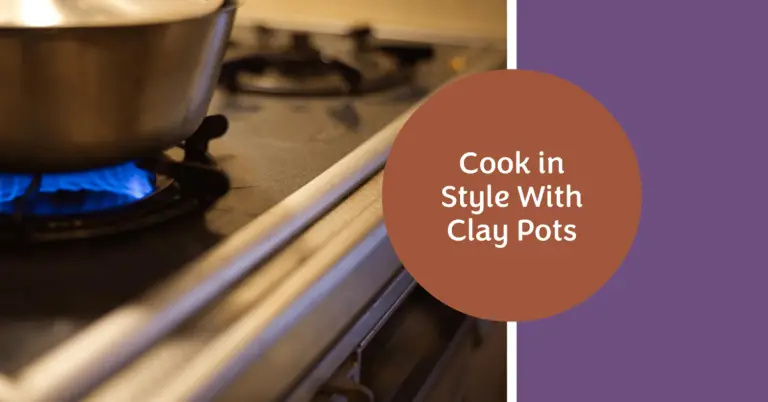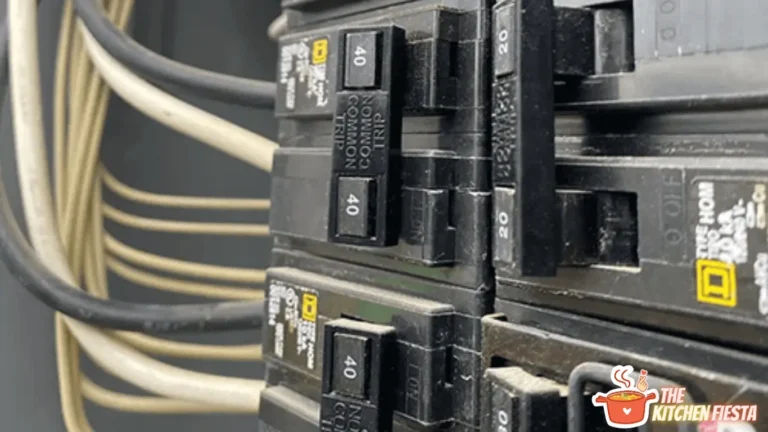How to Use a Propane Stove: A Clear and Confident Guide
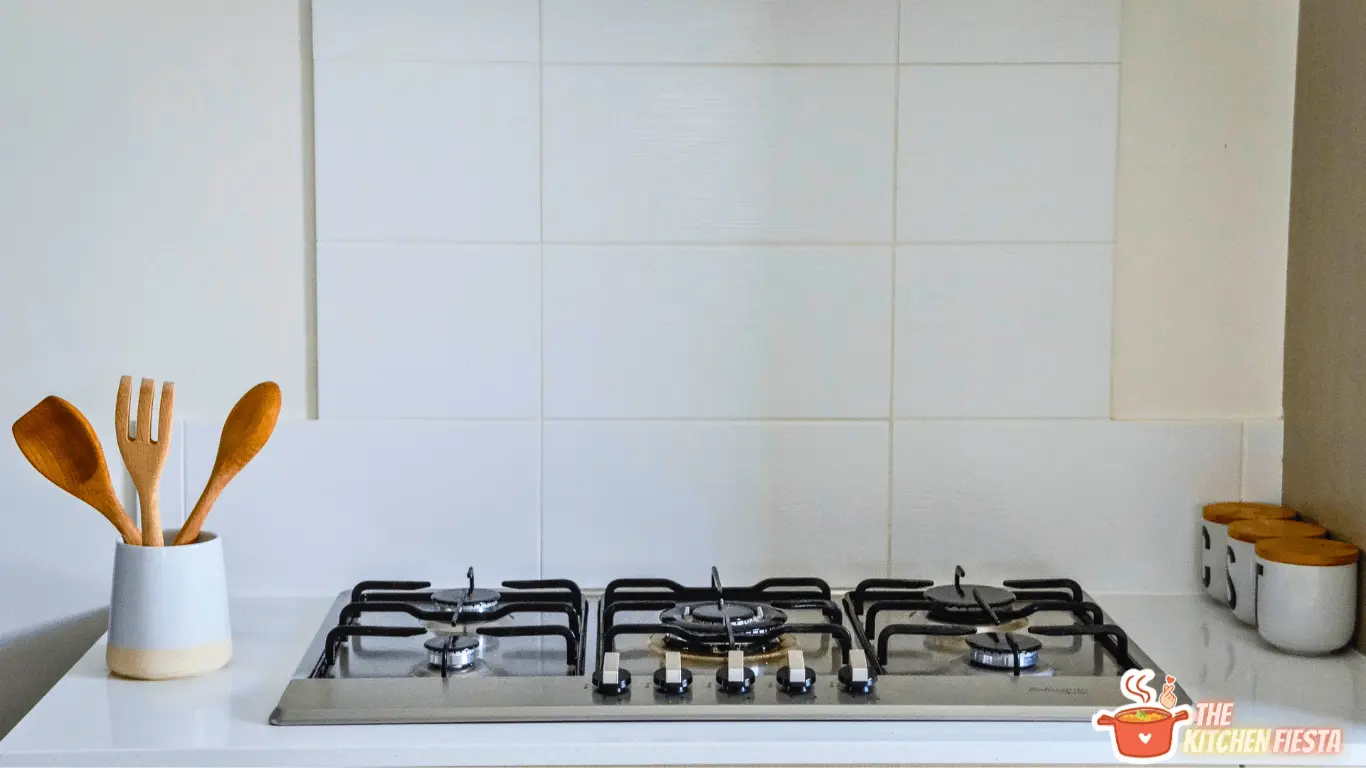
Using a propane stove can be a convenient and efficient way to cook both indoors and outdoors. However, properly using and maintaining a propane stove is important to ensure safety and optimal performance. This article will guide how to use a propane stove, including tips on adjusting the flame, safety measures, and maintenance.
When using a propane stove, it is important to adjust the flame to suit your cooking needs. Allowing the flame to hug the bottom of the pan without sneaking up the sides will ensure even cooking and prevent any potential accidents. Additionally, adequate ventilation is necessary when using any cooking appliance that relies on an open flame. Installing an overhead range hood is the most consistent way to ensure proper ventilation and avoid any release of exhaust into the indoor air.
Proper maintenance of a propane stove is also crucial for safety and longevity. Regularly cleaning the burners and keeping the stove free of grease buildup can prevent potential fire hazards. Additionally, checking for leaks and replacing damaged parts can ensure optimal performance and prevent accidents. By following these guidelines, users can safely and effectively use a propane stove for their cooking needs.
The Basics Of Propane Stoves
Propane stoves are popular for outdoor cooking, camping, and emergency preparedness. They are easy to use, portable, and can provide a reliable heat source for cooking. In this section, we will explore the components of a propane stove and some safety measures to keep in mind when using one.
Components of a Propane Stove
A propane stove typically consists of the following components:
- Fuel source: A propane tank or canister provides the fuel for the stove. The tank is usually connected to the stove with a hose or pipe.
- Burners: The burners are where the propane is ignited to create heat. Most propane stoves have multiple burners that can be adjusted independently.
- Regulator: The regulator controls the flow of propane from the tank to the burners. It ensures that the pressure is consistent and prevents the stove from overheating.
- Control knobs: The control knobs allow you to adjust each burner’s flame height and temperature.
- Igniter: The igniter is a mechanism that creates a spark to ignite the propane. Some stoves have a built-in igniter, while others require a lighter or match.
Safety Measures
When using a propane stove, following some basic safety measures to avoid accidents and injuries is important. Here are a few tips to keep in mind:
- Read the instructions: Before using the stove, read the manufacturer’s instructions carefully. Make sure you understand how to set up and operate the stove safely.
- Check for leaks: Before connecting the propane tank or canister, check the connections and hoses for leaks. You can do this by applying soap and water to the connections and looking for bubbles.
- Use in a well-ventilated area: Propane stoves produce carbon monoxide, which can be deadly in enclosed spaces. Always use the stove in a well-ventilated area, such as outside or in a tent.
- Keep the stove stable: Make sure the stove is on a stable surface and cannot tip over. Using a leveling device to ensure stability if the stove is on uneven ground.
- Keep flammable materials away: Keep flammable materials, such as paper, cloth, and gasoline, away from the stove. Make sure the area around the stove is clear of debris.
- Never leave the stove unattended: Always stay with it while it is in use. Never leave it unattended, even for a short period.
By following these basic safety measures, you can ensure that your propane stove is a safe and reliable heat source for cooking.
Setting Up the Propane Stove
When setting up a propane stove, following the manufacturer’s instructions carefully is important to ensure proper installation and safe use. The following sub-sections provide a basic guide to setting up a propane stove.
Connecting the Gas Cylinder
Before connecting the gas cylinder, it is important to ensure that the stove is turned off and that all knobs are in the off position. To connect the gas cylinder, follow these steps:
- Locate the gas inlet on the stove and remove the protective cap.
- Attach the regulator hose to the gas inlet, ensuring it is securely fastened.
- Attach the other end of the regulator hose to the propane cylinder, again ensuring that it is securely fastened.
- Turn the valve on the propane cylinder counterclockwise to open it.
Checking for Leaks
After connecting the gas cylinder, checking for leaks before using the stove is important. To check for leaks, follow these steps:
- Mix a solution of equal parts water and dish soap in a spray bottle.
- Spray the solution onto all connections between the regulator hose, stove, and propane cylinder.
- Turn on the propane cylinder and the stove.
- Look for bubbles forming at the connections. If bubbles form, there is a leak.
- If a leak is detected, turn off the propane cylinder and the stove, and tighten the connections. Repeat the leak test until no bubbles are formed.
Following these steps makes it possible to safely and effectively set up a propane stove for use.
Lighting the Propane Stove
There are two main methods when lighting a propane stove: manual lighting and automatic ignition. Each method has its advantages and disadvantages. Here’s what you need to know:
Manual Lighting
Manual lighting involves using a lighter or a match to ignite the propane stove. It’s a straightforward process, but it requires a bit of caution and skill. Here are the steps to follow:
- Make sure the propane tank is properly connected to the stove.
- Turn the burner knob to the “off” position.
- Open the propane tank valve.
- Use a lighter or match to ignite the burner. Hold the lighter or match close to the burner and turn the knob to the desired flame level.
- If the burner doesn’t ignite, turn off the gas and wait a few minutes before trying again.
Manual lighting is useful when the automatic ignition system is not working or when you need to light the stove during a power outage. However, it requires more attention and care than automatic ignition.
Automatic Ignition
Automatic ignition is a convenient feature found on many propane stoves. It uses a spark to ignite the burner, eliminating the need for a lighter or match. Here’s how to use it:
- Make sure the propane tank is properly connected to the stove.
- Turn the burner knob to the “off” position.
- Push the ignition button or knob. You should hear a clicking sound.
- Turn the knob to the desired flame level.
Automatic ignition is easy to use and saves time and effort. However, it requires a functioning ignition system and may not work in extreme temperatures or when the battery is low.
In summary, manual lighting and automatic ignition are valid ways to light a propane stove. Choose the best method for your situation, and always follow safety guidelines.
Maintaining Your Propane Stove
When it comes to using a propane stove, maintenance is key to ensuring its longevity and continued safe use. Regular cleaning and periodic inspection are essential in keeping your propane stove in top condition.
Regular Cleaning
Cleaning your propane stove after each use will help prevent the buildup of grease and grime, which can cause damage over time. Here are some steps to follow:
- Turn off the propane tank and disconnect the hose from the stove.
- Remove the grates and burner caps and soak them in warm, soapy water.
- Use a soft-bristled brush to scrub the burners and other grease buildup areas.
- Wipe down the stove with a damp cloth and dry thoroughly.
- Reassemble the stove and check for leaks before using it again.
Periodic Inspection
In addition to regular cleaning, it’s important to periodically inspect your propane stove to ensure it’s functioning properly. Here are some things to check:
- Check the propane tank and hose for any signs of wear or damage.
- Inspect the burners for any blockages or damage.
- Check the ignition system to make sure it’s working properly.
- Test the stove for any leaks before using it again.
By following these simple maintenance steps, you can ensure your propane stove remains in top condition for years to come.
Troubleshooting Common Issues
If you’re experiencing issues with your propane stove, don’t panic. A few common issues can arise with propane stoves, and they are usually easy to troubleshoot. Here are some tips to help you identify and fix the most common issues.
Low Flame
If you’re experiencing a low flame on your propane stove, there are a few things you can do to fix the problem. First, check to make sure that the propane tank is not empty. If the tank is empty, replace it with a full one. If the tank is not empty, check the regulator to make sure it is functioning properly. If the regulator is not functioning properly, it may need to be replaced.
Another possible cause of a low flame is a clogged burner. To clean the burner, remove it from the stove and use a wire brush to remove any debris or buildup. Once the burner is clean, reattach it to the stove and test the flame.
Gas Leak
If you smell or suspect a gas leak, immediately turn off the propane tank and evacuate the area. Only attempt to use the stove once the leak has been fixed. To fix a gas leak, check the connections between the stove and the propane tank to ensure they are tight and secure. If the connections are loose, tighten them with a wrench.
If the connections are tight and you still suspect a gas leak, you can use soapy water to check for leaks. Apply the solution to the connections and look for bubbles. If you see bubbles, that indicates a leak. In this case, turn off the propane tank and tighten the connections further. If the leak persists, you may need to replace the connections or call a professional.
Safety should always be your top priority when using a propane stove. If you are unsure how to troubleshoot an issue or if you suspect a gas leak, do not attempt to fix the problem yourself. Instead, seek the assistance of a qualified professional.
Conclusion
Propane stoves are a great option for those who love to cook and want more control over their cooking process. They offer many benefits over electric stoves, including more precise control over heat levels and faster heating and cooling times. However, taking safety precautions when using a propane stove, especially indoors, is important.
One of the most important safety precautions is to ensure adequate ventilation. Any stove that relies on an open flame releases exhaust into the indoor air, which can be harmful if not properly ventilated. It is also important to keep children and pets at a safe distance and install the unit on a heat-proof surface away from anything flammable.
While it is technically possible to use propane gas in a natural gas stove, it is not recommended due to the potential safety hazards and dangers that come along with it. It is always best to use the type of fuel the stove was designed for to ensure safe and optimal performance.
Propane stoves can be a great addition to any kitchen as long as proper safety precautions are taken. With their precise control and faster heating and cooling times, they can make cooking a more enjoyable and efficient experience.
Frequently Asked Questions
How do I connect a propane tank to my camping stove?
Connecting a propane tank to a camping stove is a straightforward process. First, ensure that the tank valve is closed before attaching the regulator to the tank. Then, attach the regulator to the tank valve and tighten it by turning it clockwise. After that, connect the regulator to the stove by inserting the regulator’s end into the stove’s connector and tightening it.
What are the steps to light a propane stove pilot?
The first step to lighting a propane stove pilot is to turn the gas valve to the “off” position and wait for at least five minutes. This is to allow any residual gas to dissipate. After that, turn the gas valve to the “pilot” position and press down on the ignition button while holding a match or lighter near the pilot light. Once the pilot light is lit, hold the gas valve down for 30 seconds before releasing it.
How do I use a Coleman propane grill?
First, use a Coleman propane grill to ensure that the propane tank is connected and the valve is open. Then, turn on the grill by lighting the burners with a match or lighter. Adjust the temperature by turning the knobs on the front of the grill. Once finished, turn off the grill by closing the propane tank valve and turning the burner knobs to the “off” position.
What is the proper way to attach a propane tank to a camping stove?
First, attach a propane tank to a camping stove, and ensure the valve is closed. Then, attach the regulator to the tank valve and tighten it by turning it clockwise. After that, connect the regulator to the stove by inserting the regulator’s end into the stove’s connector and tightening it.
Can I safely use a propane stove indoors?
Propane stoves are not recommended for indoor use because they release harmful carbon monoxide gas, which can be deadly in enclosed spaces. If you must use a propane stove indoors, ensure the area is well-ventilated and never leave the stove unattended.
How do I cook using a propane oven?
To cook using a propane oven, first, ensure that the propane tank is connected and the valve is open. Then, turn on the oven by setting the temperature and pressing the ignition button. Once the oven is heated, place the food inside and cook for the recommended time. When finished, turn off the oven by turning the temperature knob to the “off” position.

